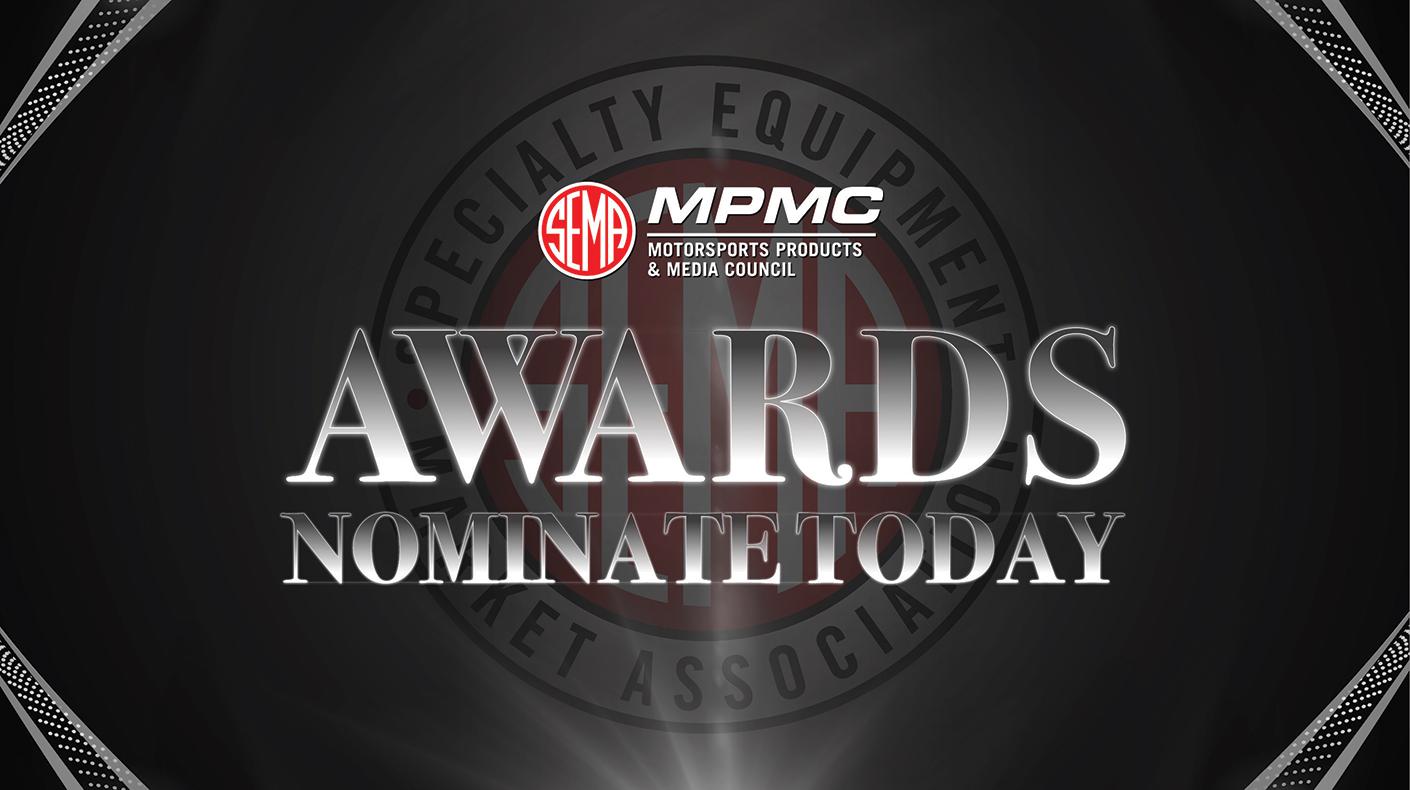By the SEMA Washington, D.C., office
The California Office of Environmental Health Hazard Assessment (OEHHA) has proposed new rules that will affect businesses in the specialty-automotive market distribution chain, including manufacturers, distributors, retailers and out-of-state companies selling products in California.
has proposed new rules that will affect businesses in the specialty-automotive market distribution chain, including manufacturers, distributors, retailers and out-of-state companies selling products in California.
OEHHA has proposed new Proposition 65 rules in regard to short-form warnings, which would require all short-form warnings to include at least one chemical on the label. This is a significant change from the current regulations, which allow businesses to use a generic short-form warning that does not identify any specific chemicals. (See more details on Prop 65 and what the proposed rules mean for businesses below).
The proposed rules also include several other changes, including:
- Removing the size and shape restrictions for short-form warnings.
- Allowing short-form warnings to be used on the internet and catalog sales.
- Requiring businesses to sell through existing inventory with current short-form warnings for two years after the new rules go into effect.
OEHHA is holding a public hearing on the proposed rules on December 13, 2023. The public comment deadline is December 20, 2023. (Visit here to submit comments in just a few clicks.)
Proposal for New Motor Vehicle Parts Warnings
OEHHA also proposes new Prop 65 warnings for passenger or off-highway motor vehicle parts sold at retail establishments, on the internet and through electronic or printed catalogs. The proposed regulations would allow businesses to use a tailored safe harbor warning that includes the following language:

The tailored warning is designed to be more specific to the risks associated with passenger and off-highway motor vehicle parts. It also includes specific recommendations for how consumers can minimize their exposure to these risks. Note that the proposed definition of passenger or off-highway motor vehicle part does not include "packaged service chemicals, tires, parts containing asbestos, carpeting, upholstery including fillings and coverings, textiles or fabrics."
Two chemicals are frequent Prop 65 targets for the specialty-automotive market: lead in brass parts and DEHP, the latter which is a phthalate used in the production of polyvinyl chloride (PVC) and plastics to make them softer, more flexible and durable. Phthalates are used in various products from pipes to plastic wraps, artificial leather, electrical wire insulation and adhesives.
History of Proposition 65
Proposition 65 was a ballot initiative enacted by California voters in 1986. The law requires warning labels on products containing chemicals listed as known to cause cancer, birth defects or reproductive harm. Today, there are more than 900 chemicals on the list. Prop 65 doesn't stop businesses from selling their products--it is simply a law that requires consumer warning labels under certain circumstances.
Businesses with 10 employees or more that do business in California must comply with Prop 65. The warning requirement applies to any business in the distribution chain, including manufacturers, distributors, retailers, and out-of-state companies selling products in California.
What the Proposed Prop 65 Rules Would Mean for Today's Businesses
In regard to Prop 65, the California Attorney General or a district attorney can pursue enforcement. However, most suits are brought by private parties claiming to be "acting in the public interest," who will then receive a portion of the fine or settlement ultimately assessed on the alleged violator. Under the law, fines can run up to $2,500 per day per violation.
In January 2021, OEHHA proposed significant revisions to Proposition 65's short-form warning, a proposal that SEMA opposed and officially submitted comments to OEHHA along with dozens of other companies and organizations. Following a review of public comments, OEHHA revised the proposal in December 2021 and again in April 2022. However, OEHHA did not complete the regulatory process for its proposed amendments within the allotted time and allowed the rulemaking to lapse.
The business community worked with OEHHA for several years to develop the current regulations that took effect in 2018. Companies subsequently invested significant resources in updating stakeholders and product labels, websites and catalogs. Changes to the short-form warning would negate those efforts for many companies.
For more information, contact SEMA's Christian Robinson at christianr@sema.org.





